The optimized aerodynamics of the Mtb Disc Brake Thru Front Hub have a positive impact on riding speed. Optimized aerodynamic performance helps cyclists achieve faster speeds and a better riding experience by reducing air resistance, improving riding efficiency and improving climbing ability. During cycling, air resistance is one of the main resistances that cyclists need to overcome. When a cyclist moves forward at a certain speed, he will face resistance from the air, which includes pressure resistance and surface friction resistance. Optimized aerodynamics are designed to reduce these drag forces, thereby increasing riding speed.
A key aspect of optimizing aerodynamic performance is reducing the wheel's frontal contact area with the air. By designing a streamlined wheel shape, the impact force of air on the wheel can be significantly reduced, thereby reducing pressure drag. The shape of the wheel has a significant impact on aerodynamic performance. For example, adopting a smoother and rounded contour design can reduce the flow resistance of air on the wheel surface and improve the aerodynamic efficiency of the wheel.
Optimized aerodynamic performance means that the wheel can cut the air more effectively when rotating at high speed, reducing the restriction of air resistance on riding speed. As a result, riders can reach higher speeds more easily and be more stable while maintaining high speeds. When air resistance decreases, the energy the rider needs to expend also decreases. This means cyclists can more easily maintain a certain speed, or reach higher speeds with the same energy expenditure. This is especially important for long-distance or competitive riding, as it is directly related to the cyclist's physical exertion and competition performance. While gradeability is primarily affected by weight, drivetrain and climbing technique, aerodynamics also play a role to some extent. Optimized aerodynamic performance can reduce the air resistance that riders need to overcome when climbing, thereby saving energy and increasing climbing speed.
In practical applications, many mountain bike brands have adopted optimized aerodynamic designs to improve wheel performance. These designs often include streamlined wheel shapes, smooth profiles, and details that reduce aerodynamic drag. Through comparative testing, it can be found that wheels using these designs have significant improvements in riding speed, energy consumption and climbing ability.
How does the optimized aerodynamic performance of a Mtb Disc Brake Thru Front Hub affect riding speed?
Product Consultation
Search
Categories
Recent Posts
If you have any questions, please fill out the contact form at the bottom of the page and contact us.
-
 Mini Rear Hub Small Motor
Mini Rear Hub Small Motor
-
 2x9S Bicycle Trigger Shifter
2x9S Bicycle Trigger Shifter
-
 2x8S Bicycle Trigger Shifter
2x8S Bicycle Trigger Shifter
-
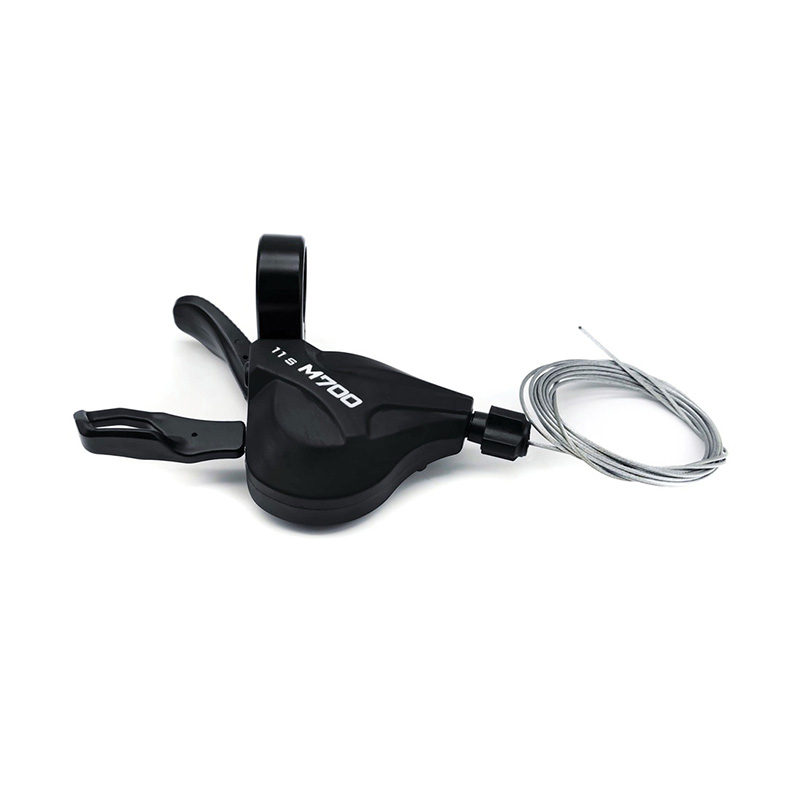 1x11S Bicycle Trigger Shifter
1x11S Bicycle Trigger Shifter
-
 3x8S Bicycle Trigger Shifter With Brake Lever
3x8S Bicycle Trigger Shifter With Brake Lever
-
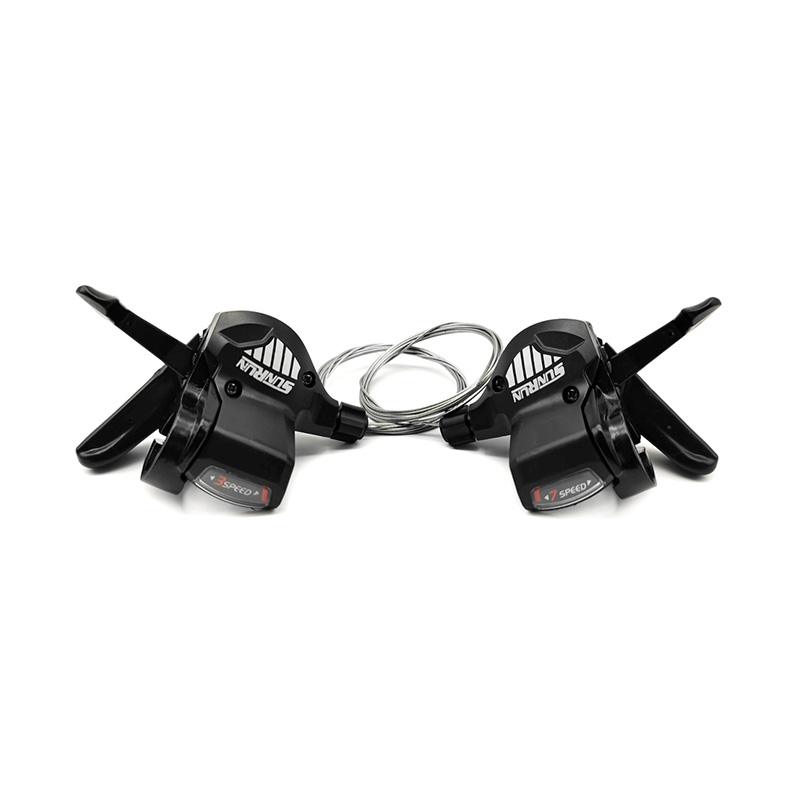 3x7S Bicycle Trigger Shifter
3x7S Bicycle Trigger Shifter
-
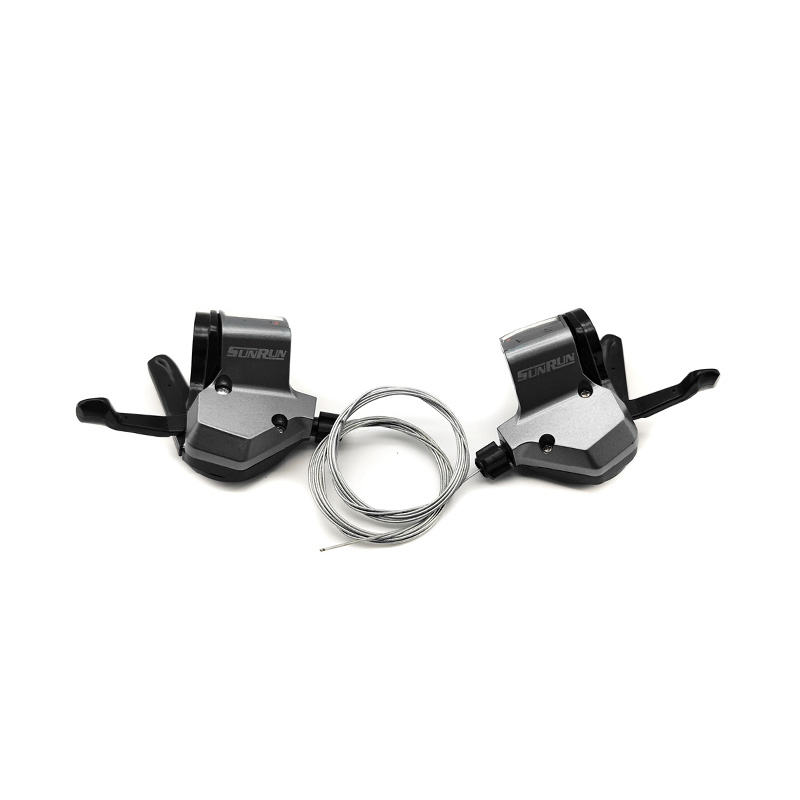 3x9S Bicycle Trigger Shifter
3x9S Bicycle Trigger Shifter
-
 3x7S Bicycle Trigger Shifter
3x7S Bicycle Trigger Shifter
-
 3x7S Bicycle Trigger Shifter With Brake Lever
3x7S Bicycle Trigger Shifter With Brake Lever
-
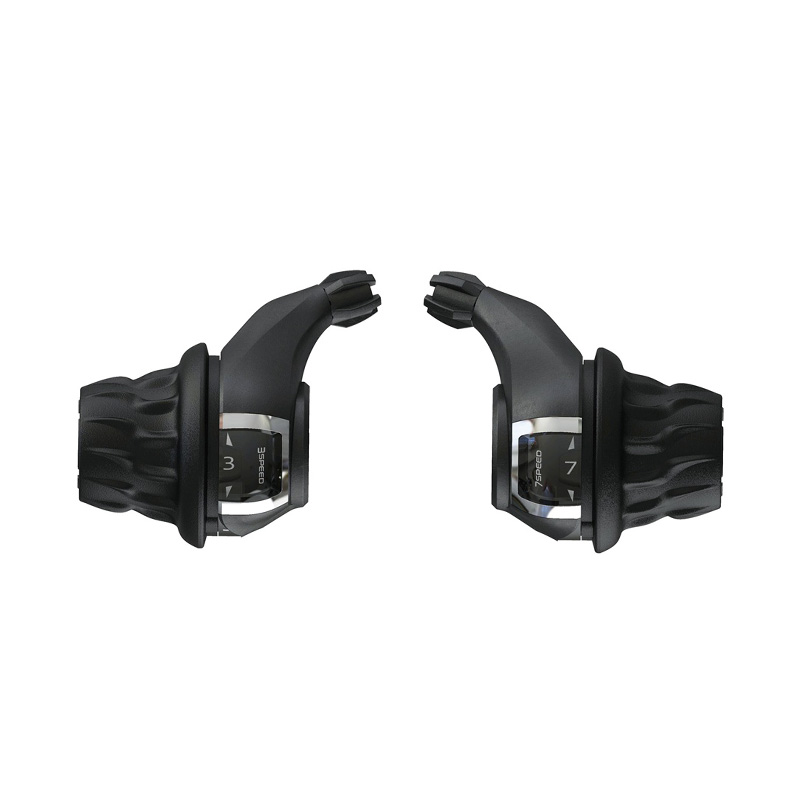 3x7S Bicycle Twist Shifter
3x7S Bicycle Twist Shifter
-
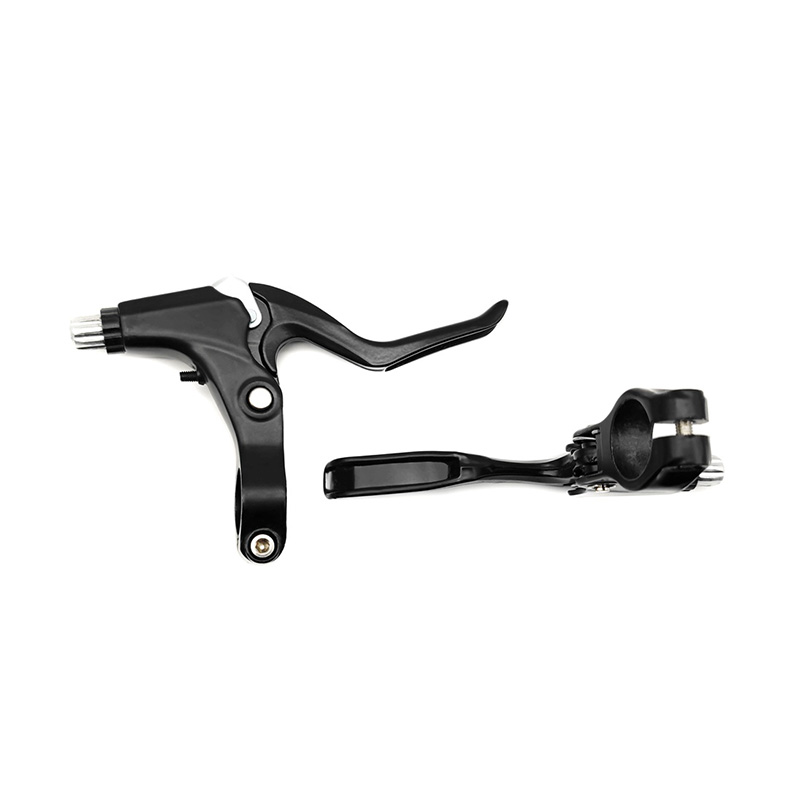 2-3 Fingers Full Alloy Bicyle Brake Lever
2-3 Fingers Full Alloy Bicyle Brake Lever
-
 2-3 Fingers Nylon-Composite with Steel Insertion Bicyle Brake Lever with Alloy Lever
2-3 Fingers Nylon-Composite with Steel Insertion Bicyle Brake Lever with Alloy Lever

 中文简体
中文简体 English
English

